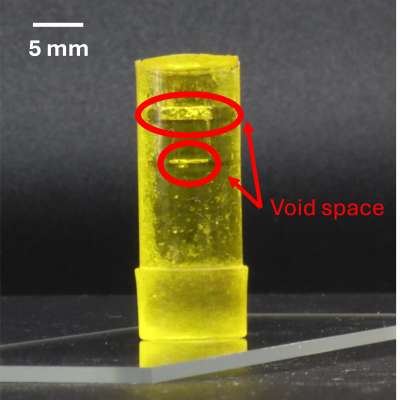This LLNL invention is comprised of (1) a volumetric subtractive manufacturing system which can tomographically manufacture 3D structures with negative features (materials in negative space is degraded with light exposure), and (2) a hybrid volumetric additive/subtractive manufacturing system in which a gelled/solid structure is printed by resin material polymerization using one light, and…
Keywords
- Show all (108)
- Additive Manufacturing (54)
- 3D Printing (8)
- Electric Grid (7)
- Carbon Utilization (6)
- Synthesis and Processing (5)
- Materials for Energy Products (4)
- Manufacturing Automation (3)
- Microfabrication (3)
- Inertial Fusion Energy (IFE) (2)
- Manufacturing Improvements (2)
- Power Electronics (2)
- Additively Manufactured (AM) Optics (1)
- Inertial Confinement Fusion (ICF) (1)
- Manufacturing Simulation (1)
- Material Design (1)
- Membranes (1)
- Precision Engineering (1)
- (-) Direct Air Capture (3)
- (-) Volumetric Additive Manufacturing (2)
- (-) Geologic Storage (1)
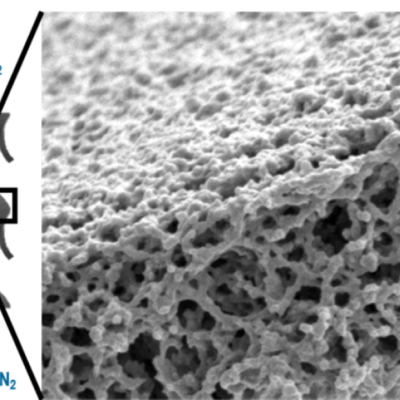
LLNL researchers have developed a self-supporting structural material that promises more efficient carbon capture specifically from air, but generally from all CO2 containing gas sources. The material is produced with a liquid high-amine-content precursor polymer that is functionalized by adding on polymerizable end groups.
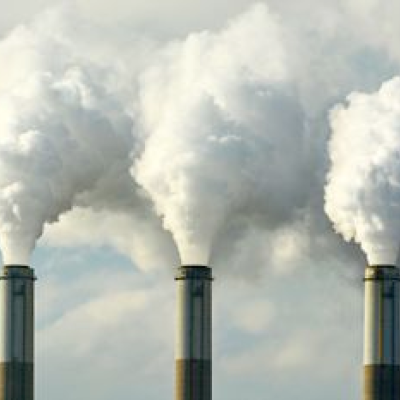
This invention solves a limitation in the current practice of adding hydroxyl functional groups to the aminopolymer through the use of an alternative synthetic approach. The novelty of our approach is to produce new structurally modified relatives of common aminopolymers (PEI and PPI) as well as new functionalized materials in which the hydroxyl groups are tethered to a carbon in the backbone…
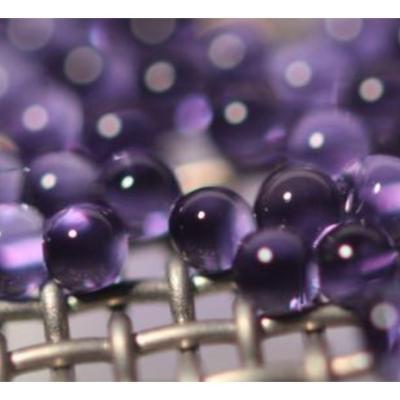
This invention describes a multiple nozzle microfluidic unit that allows simultaneous generation streams of multiple layered coaxial liquid jets. Liquids are pumped into the device at a combined flow rate from 100 mL/hr to 10 L/hr. Droplets are created with diameters in the range of 1 µm to 5 mm and can be created with 1-2 shell layers encapsulating fluid. Droplets created from the system can…
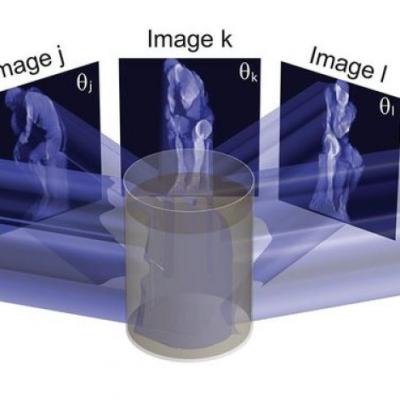
LLNL has developed a system and method that accomplishes volumetric fabrication by applying computed tomography (CT) techniques in reverse, fabricating structures by exposing a photopolymer resin volume from multiple angles, updating the light field at each angle. The necessary light fields are spatially and/or temporally multiplexed, such that their summed energy dose in a target resin volume…
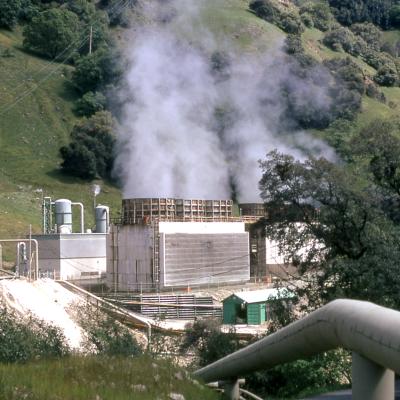
LLNL has a patented process to produce colloidal silica directly from geothermal fluids. Livermore’s process uses membranes to produce a mono-dispense slurry of colloidal silica particles for which there are several applications. LLNL has demonstrated that colloidal silica solutions that result from extraction of silica from geothermal fluids undergo a transition to a solid gel over a range of…


